You must've heard that Elephants are very similar to humans. Do you know how? This article helps you understand Elephant behaviour- Sentiment and Social Conduct.
Family first! Yes, that’s the most prominent trait observed in elephants. What’s equally surprising is that elephants communicate through vibrations, recreate melodies, comprehend basic arithmetic, and undergo post-traumatic stress disorder. Let’s have a look at some fascinating behavioural aspects of these lovely creatures!
Elephants Have a Personality!
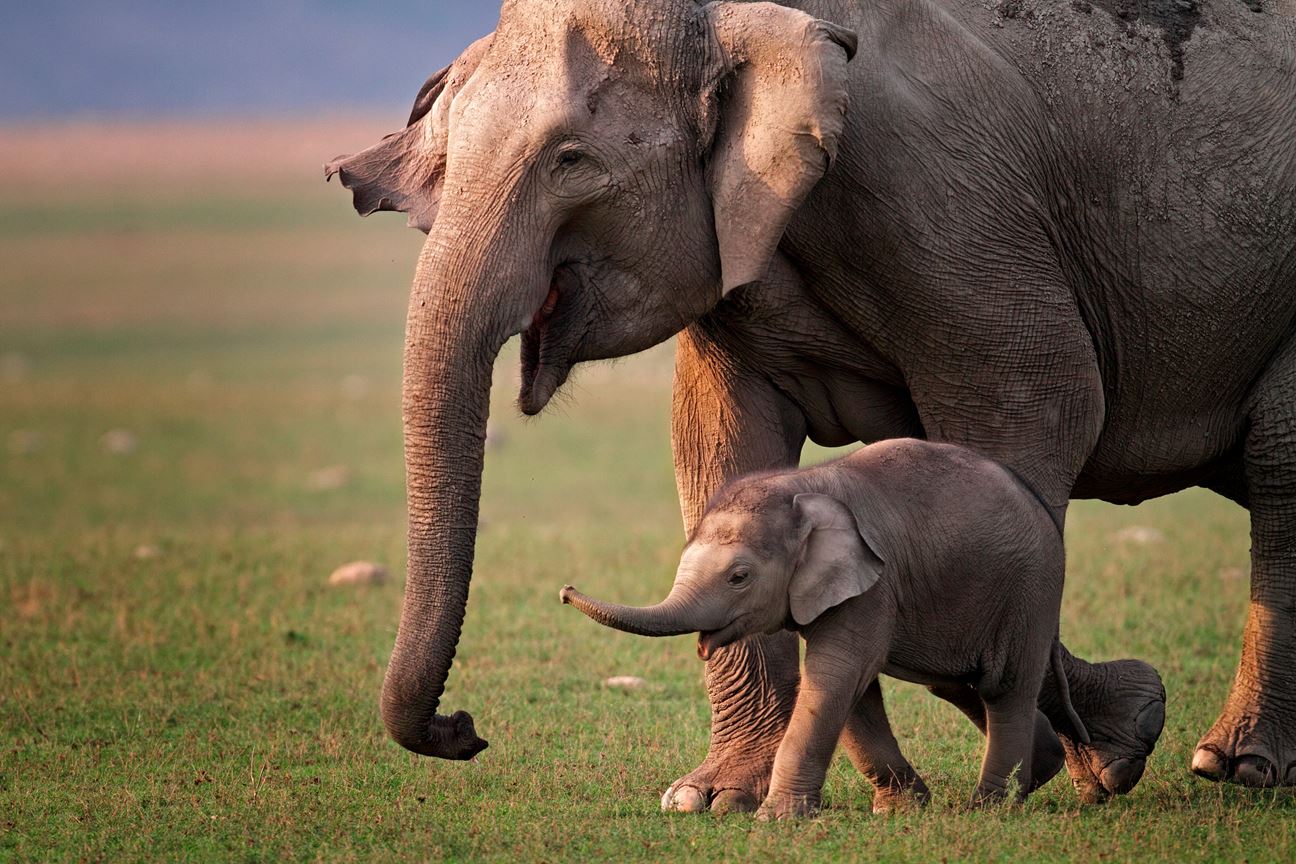
Elephant temperament is usually known to be peaceful. They are affectionate and kind. Just like humans, elephants can lose their calm when provoked, hurt, or unwell. However, females may be aggressive when they sense any harm to their calves. Males also show aggression during the musth period. Beneath their skin surface, there is a musth gland located on the sides on their heads between ears and eyes. This gland secretes an oily substance every year. Musth secretion has an impact on specific gender-based behaviour. In females, it primarily assists in getting together the herd. In males, musth secretion displays excitement and dominance.
Elephant instinctive behaviours do not exist at birth. The matriarch decides what’s of utmost importance depending on the environment and teaches the daughters. This also includes caring for the little ones. Baby elephants eventually learn the use of their trunk for procuring their food. They eventually acquire mothering and reproductive skills. Young male elephants learn from older experienced ones and acquire several significant behaviours through observation.
Cluster Traits and Hierarchy
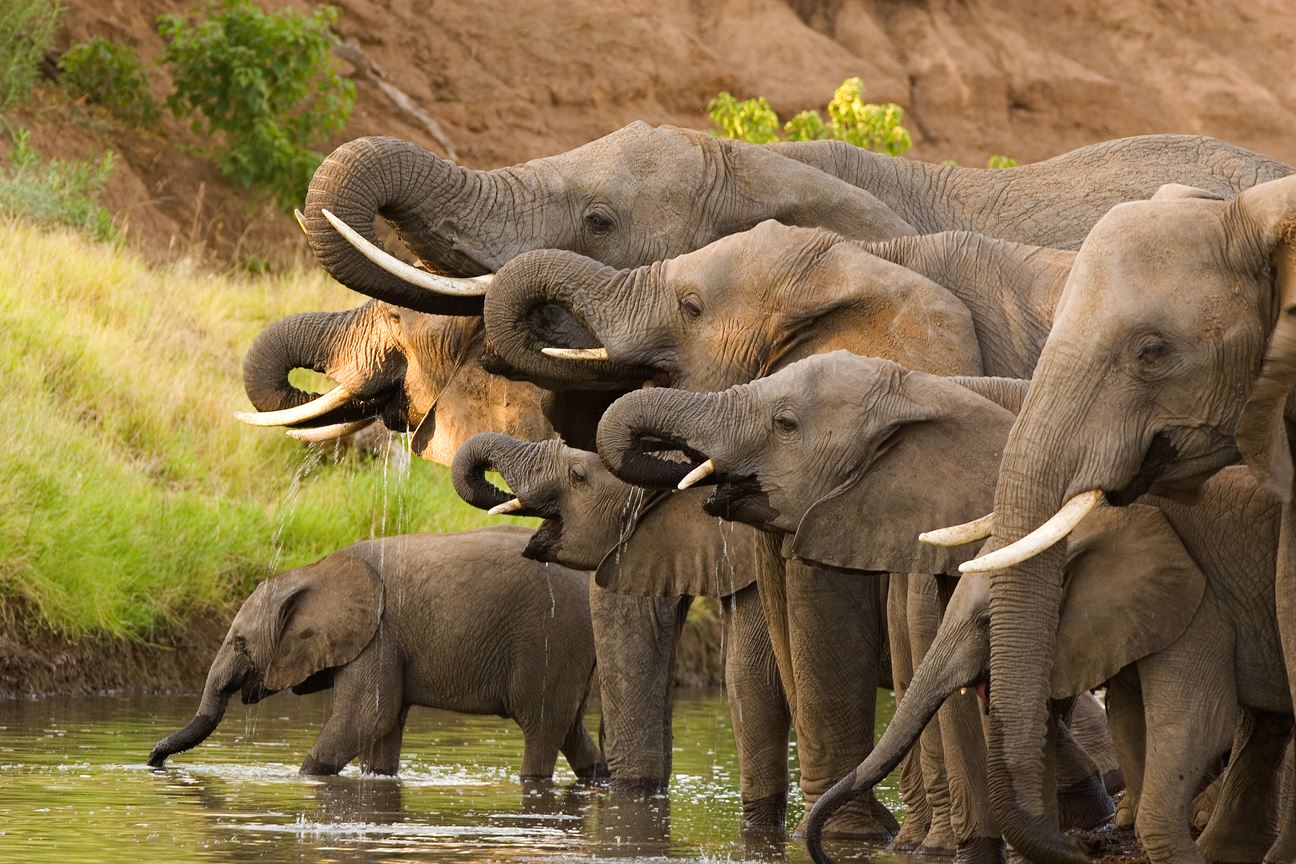
Elephants have gender-based personality traits when it comes to living with others. The elephant herd structure is Matriarchical. The oldest female elephant is given the utmost responsibility to lead the herd and guide others in ways of safekeeping their calves. The herd comprises the oldest female elephant who presides over the daughters and their calves, including immature males. When they sense danger, they make all the calves assemble at the centre and the adults form a circle around them in an attempt to protect them from the predators.
The herd usually comprises 6-12 members and at times could reach 20. When the supplies begin to get insufficient, some elephants separate their herd along with their calves to form their herds. Elephant social structure is non- identical in both genders. Males have a different approach to socialisation and herd behaviour. They are reclusive and move around alone or in small male pods once they reach adolescence. However, their attachment with the herd is not strong and can lead to fights with members of other less acquainted herds. Elephants tend to form strong bonds within their herds!
Social Bonds: Family and Friends
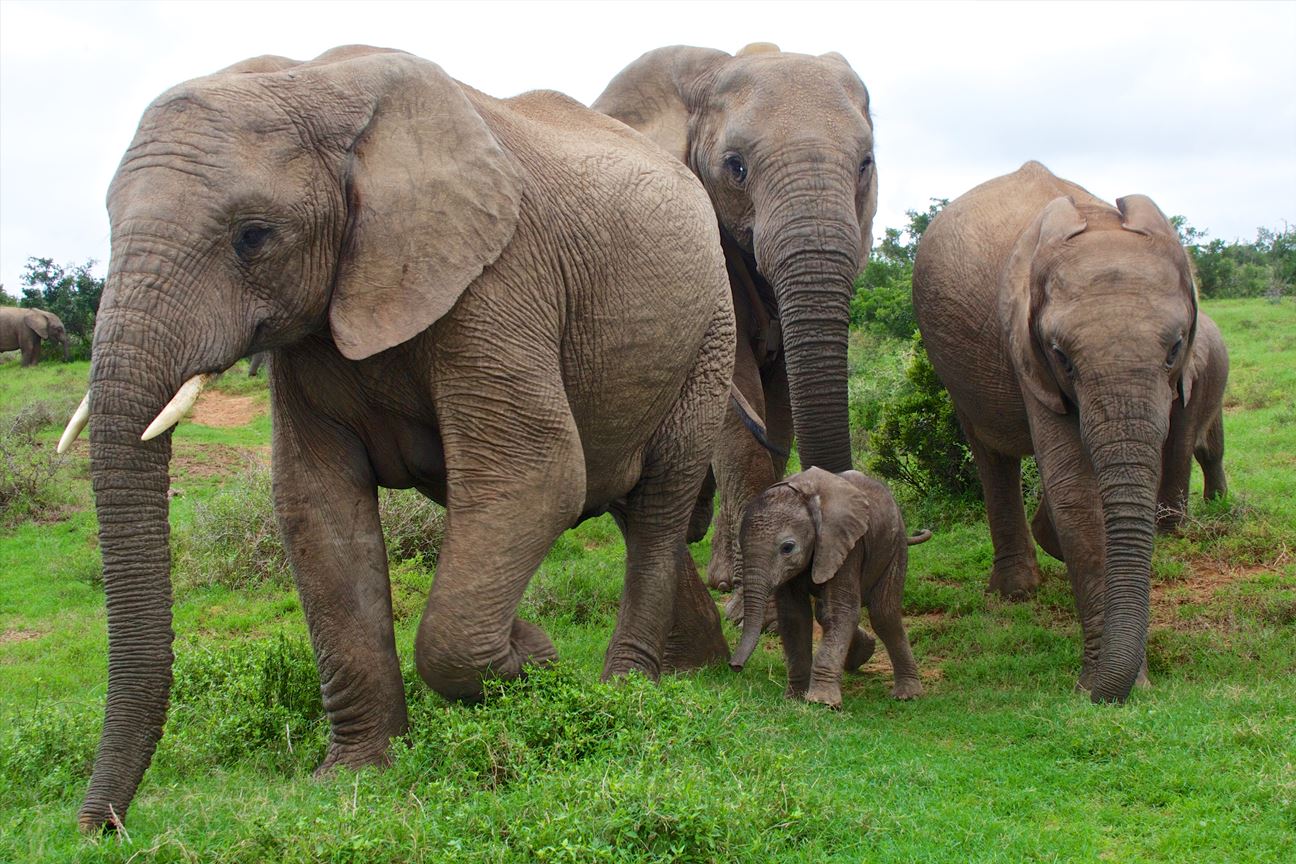
Elephants are just like humans! They display various homogenous characteristics similar to those of humans. They’re always seen with their families and value these bonds. They help each other survive and look after each other by providing consolation in times of distress. Elephant social behaviour is characterised by affection and care for each other. They know team spirit and work in cooperation with each other. Like humans, they have a tendency to express through their gestures. They use their trunks and gentle gestures to express their feelings. Elephants are primarily active in cooler temperatures, especially at dawn and dusk!
They Have a Lot to Tell Each Other!

Although elephants appear as calm and silent animals they interact with each other frequently using a combination of their senses. They have a distinctive way of interacting within their herd acquired through vocal learning. Elephants make sounds of low frequency, which are known as infrasounds. However, when elephants are excited they make a loud sound known as a trumpet which conveys extreme happiness, anger, or discomfort. It’s also used as a form of greeting. They use their mouths as well as their trunks while communicating with each other.
Elephant communication can also be in the form of rubbing their bodies against each other, secretions, sense of smell, and varied body postures and movements like tossing or curling their trunks and flapping their ears. Large, spread out ears are a sign of dominance or happiness and inferior behaviour keeps the ears back. They communicate all sorts of emotions- superiority, defence, affection, joy, hostility, and sexual desires.
Elephant Emotions are Admirable
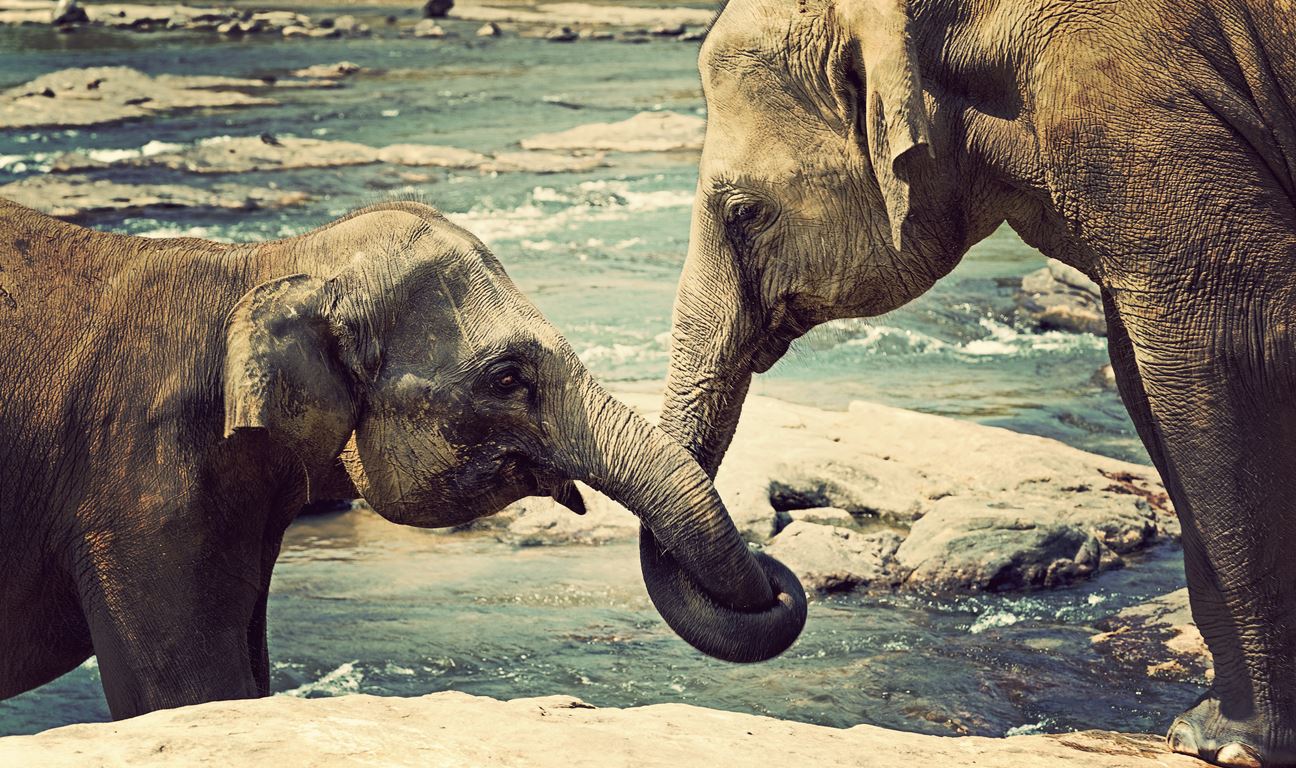
Elephants display a wide range of emotions, including empathy. When a herd has an ill member, the entire herd is distressed and limits their movements to a small area. When the sick elephant passes away, they show grief for the deceased companion and gather around the corpse every few days. The entire herd is affected and mourns that death. Even if they come across a dead elephant who is a stranger, they pause the movements and touch the body with their trunks. They are fascinated with the bones and make sure that the bones are hidden behind the bushes. This is an act of protecting others from predators. Elephants are also known as animals that bury their dead!
Maternal Instincts- Mothering Traits
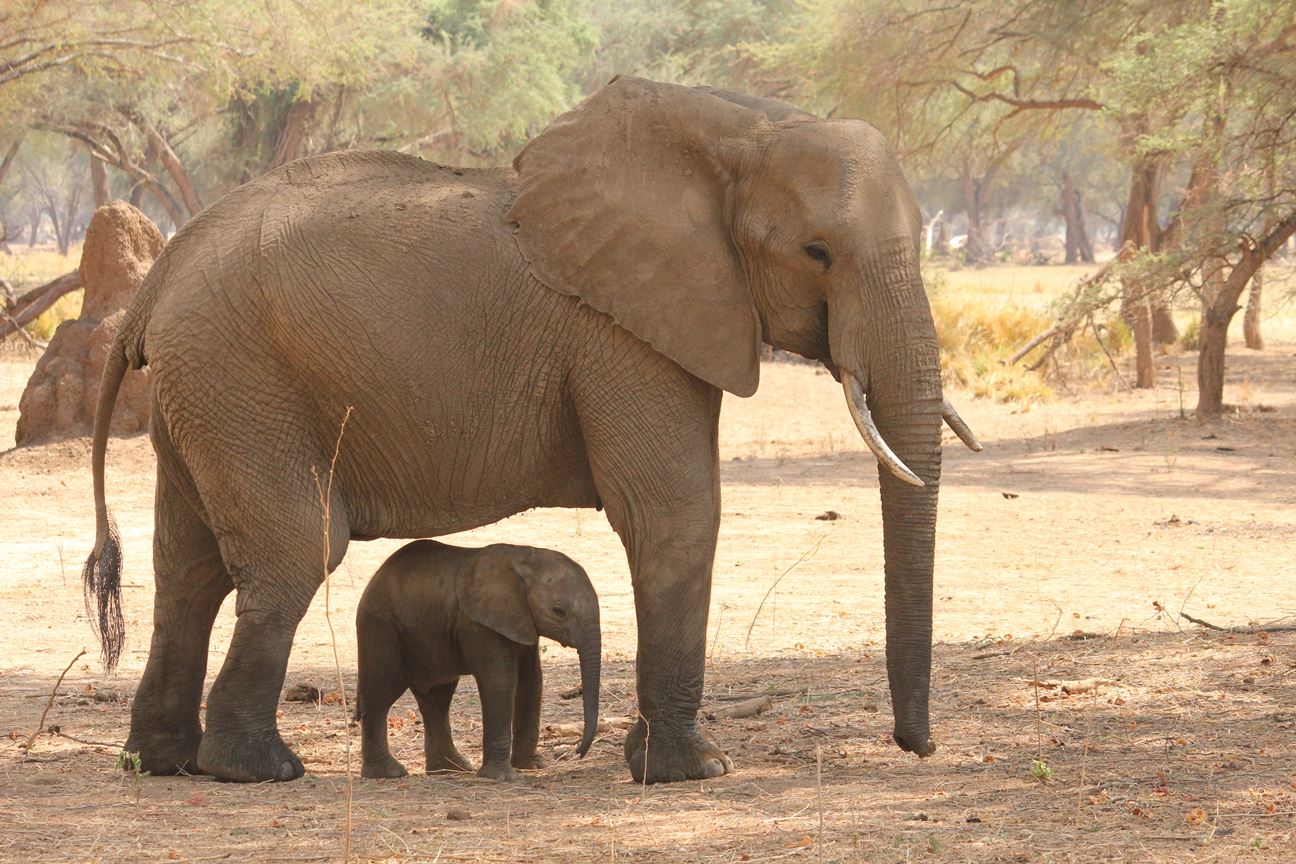
The gestation period in elephants lasts usually around 22 months. Almost 2 years of gestation is the longest period of all animals. They effortlessly deliver the baby, weighing around 200 pounds! They make certain that their baby has enough food and masters the most useful skills. Infants usually get on their feet in no time, but the nursing period goes around 4 years where the primary intake is milk as they gradually move towards a vegetarian diet. The babies walk under the mother to feel protected and are always seen very close to the mother.
Elephants live with their babies forever and nurse the male infants until adolescence, after which they move on to other male bachelor pods. Along with protecting their babies, elephants are great moms in ways where they indulge in play, which also includes dirty mud play and running around with the babies as they love doing that!
Mentoring Through Role Model
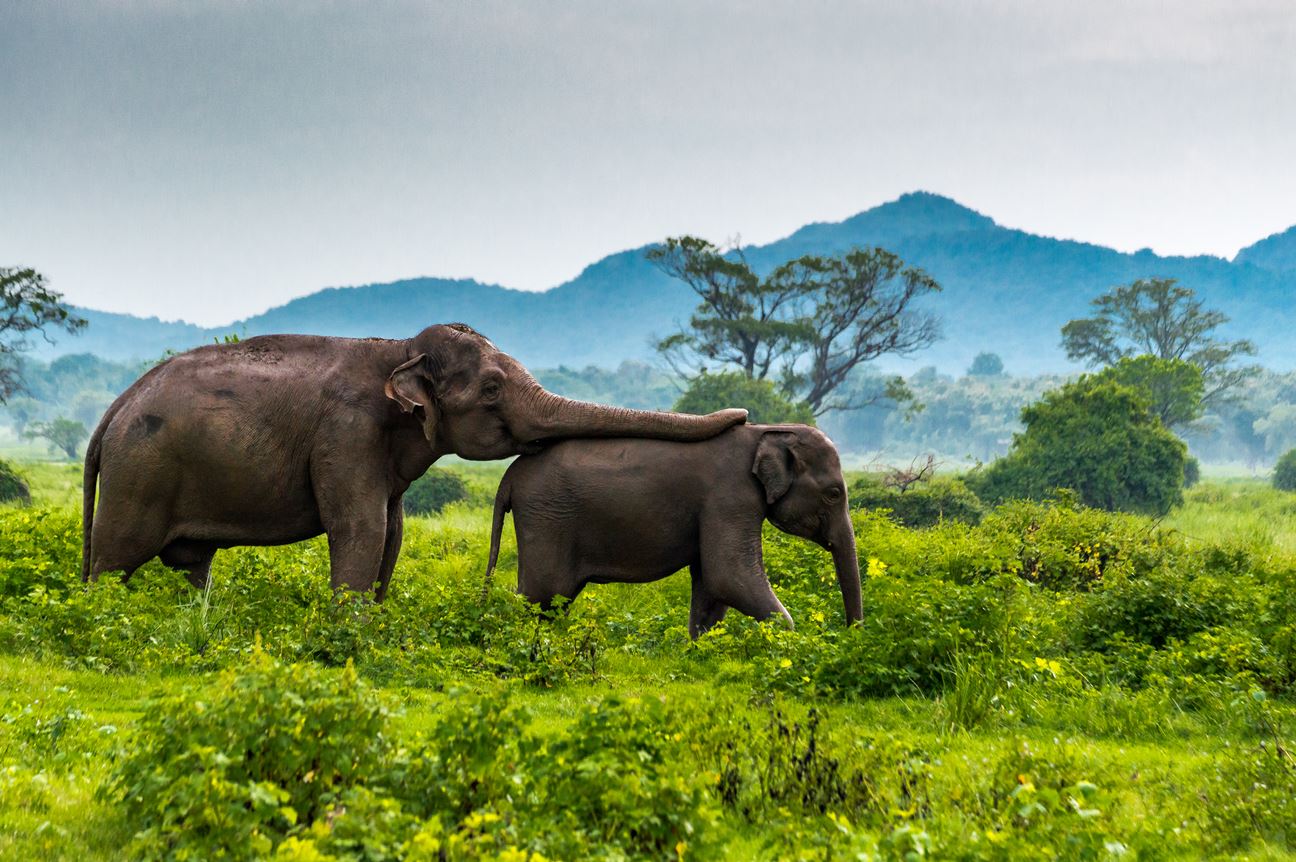
Elephants learned behaviours are characterised by social learning where a role model is essential for learning normal behaviour and preaching cultural values. In the absence of a role model, elephants might adopt inappropriate patterns such as aggression shown by males towards other herd members, especially females and calves. In the absence of definite guidance, disorderly behaviour can be observed which also causes harm to humans. Specific examples of this can be seen where elephants block roads and cause trouble for the transporting trucks.
Reminiscence: Elephants Are Memorious!
Elephants are known to be extremely intelligent and can remember varied sets of information. They remember routes over many years. This is usually when water is scarce and they have to keep a track of routes, taking them to water bodies. They recognise their peers from other herds, even if they departed years back. Elephants have a brain larger than any other land animal.

Since we know so much about them now, let’s make an active effort to protect these amazing creatures. Let’s also learn more about how we could protect their habitat and contribute to ecological integrity!